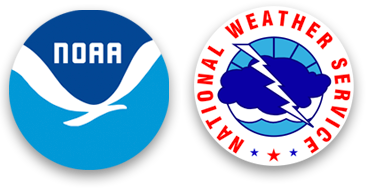The Many Faces of a Weather Bureau Office - National Weather Service Heritage
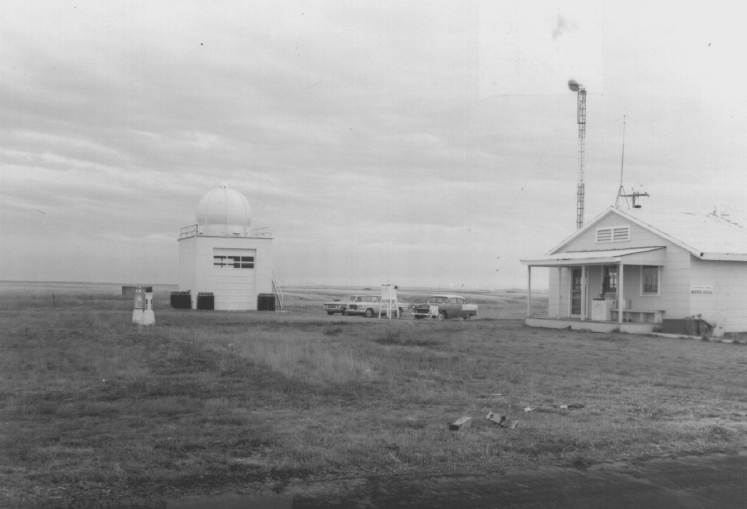
The Many Faces of a Weather Bureau Office
By Chris Geelhart (chris.geelhart@noaa.gov)As the Signal Service first established its local offices in the 1870s, the goal was to find a location that was somewhat permanent. However, quite frequently, selections were scarce, as many locations were in small towns. In addition, the offices had to be located near the teletype station that served the area, which limited the location to near the central core of the town. Not all offices could be as stately as the main Signal Service office in Washington, D.C.
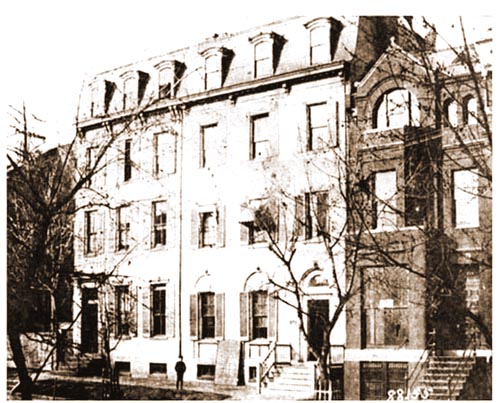
as Signal Service headquarters
The Weather Bureau ran into the same situation when the weather agency became a civilian entity in 1890. Locations in small communities found it difficult to find space that met the Bureau's needs. Thus, a multi-year project was begun by the Bureau to construct their own buildings. According to the Annual Report of the Chief of the Weather Bureau in 1901-02:
It is planned to erect buildings at all places where the service is now represented and is paying rent for office quarters, if the population of the place is less than 25,000, and it is hoped that Congress will continue to appropriate a small amount for the purpose annually. It is found that when the population of a place is less than 25,000 it is a difficult matter to get suitable accommodation, with good roof facilities, and as a result the accuracy of observations is often affected. When these buildings are thus dotted over the country and equipped with modern self-registering apparatus it can truly be said that the weather service of the United States is the finest in the world.”
Between 1897 and 1915, 48 of these buildings were acquired or built. Of these, 27 were built in a similar fashion.
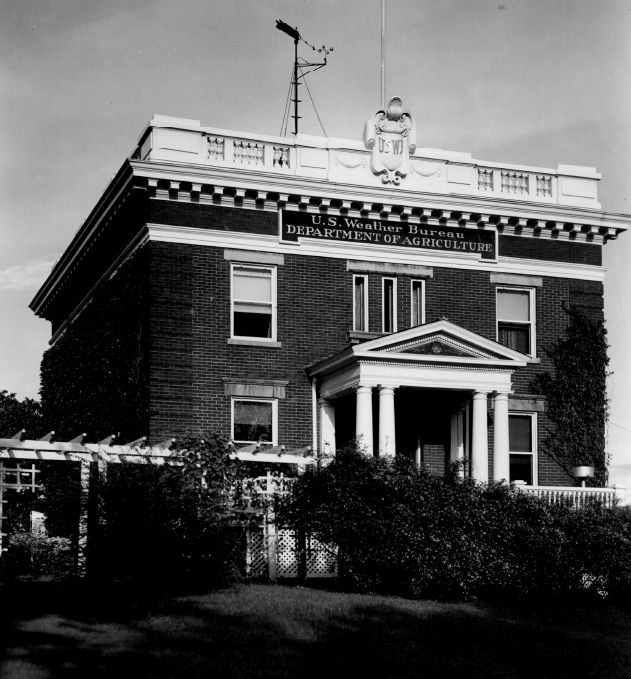
These types of buildings served a dual purpose. On one floor, one area was dedicated to the main operations of the Weather Bureau. The remainder of the building served as the residence of the Meteorologist in Charge and his family. The typical building was about 1900 square feet, with about 190 square feet dedicated to the instrument room. Construction of such buildings waned in the middle to late 1910s, due to budgetary constraints caused by World War I.
Most weather offices remained in various Federal, state or local facilities. They could be in bank buildings,
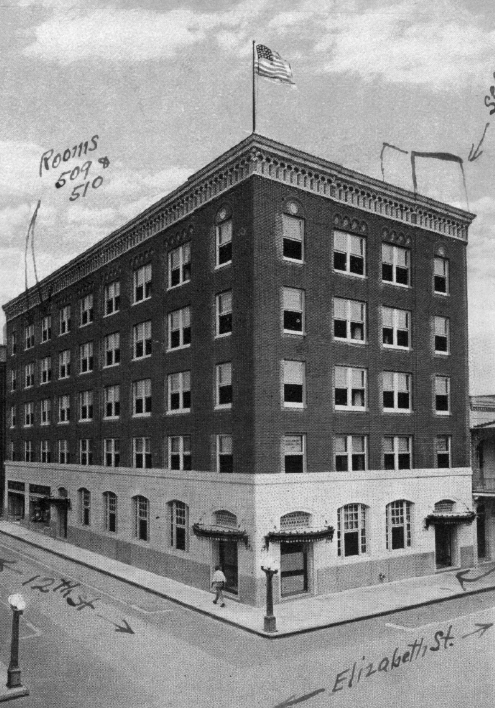
business type buildings,
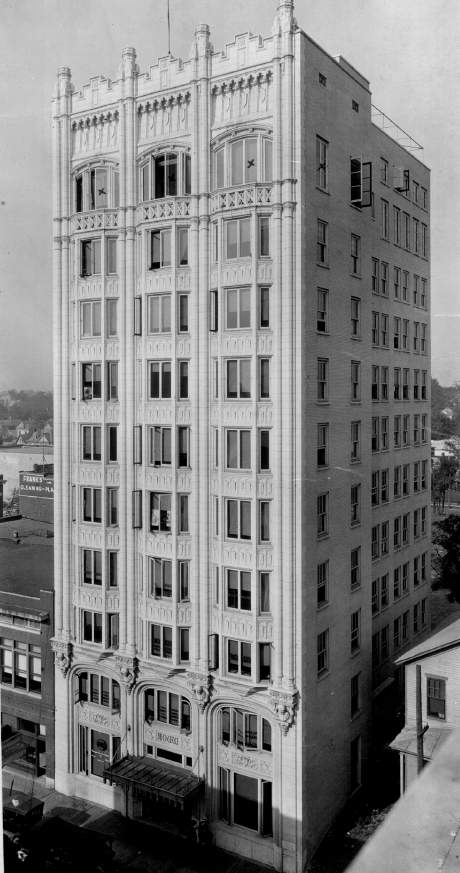
or perhaps even an opera house.
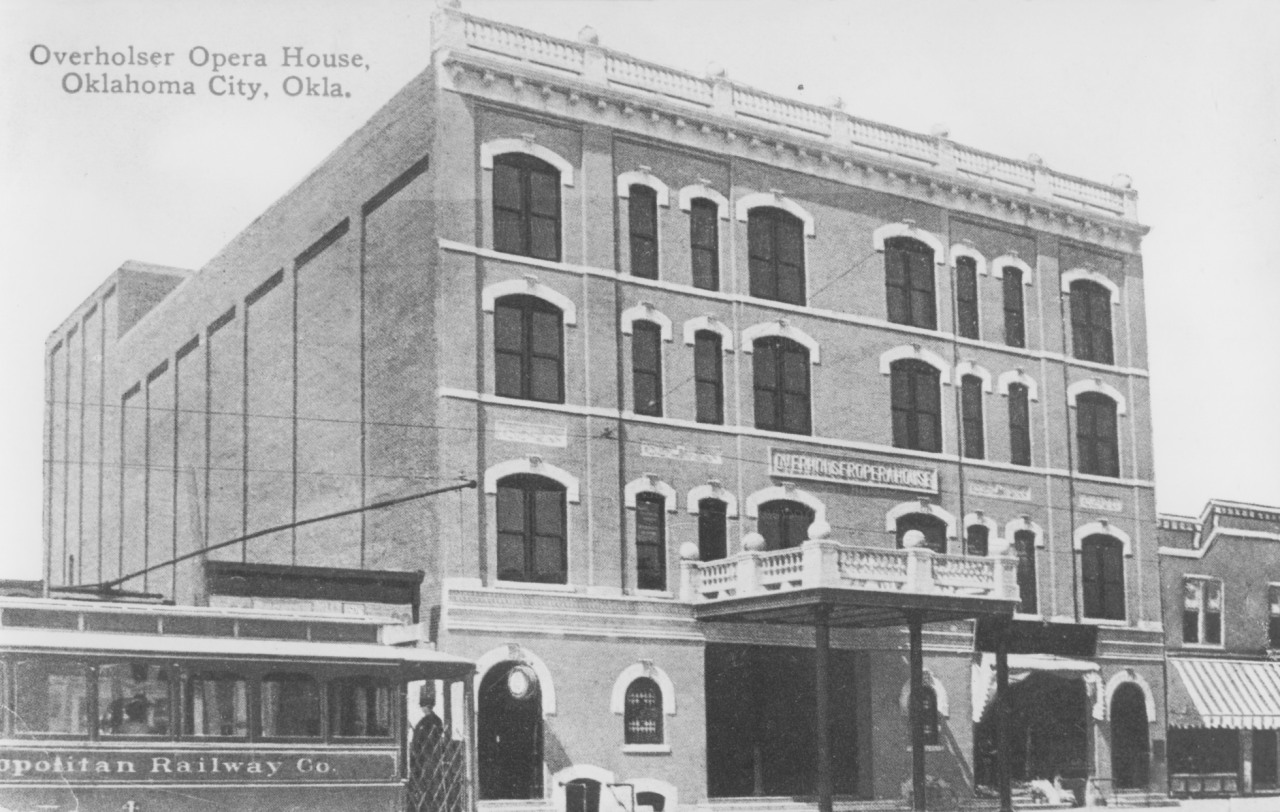
Overholser Opera House
A Federal type building, such as a courthouse, customs house, or post office, was always a popular choice.
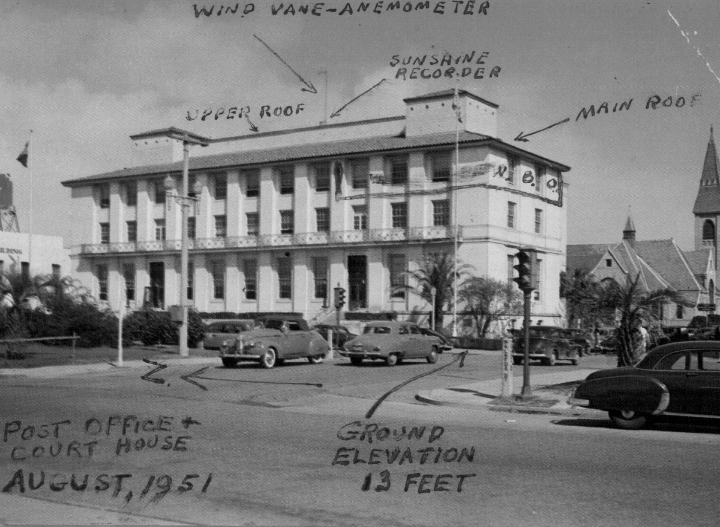
In the 1930s and 1940s, separate stations began to open at airports. They could be very modest,
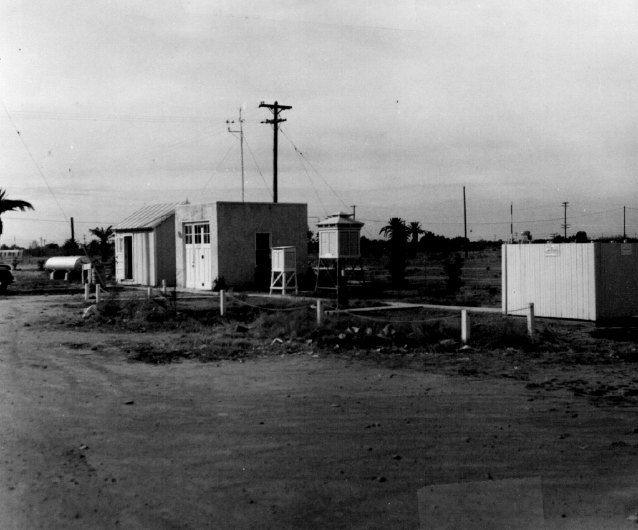
or they could be part of the terminal building or control tower.
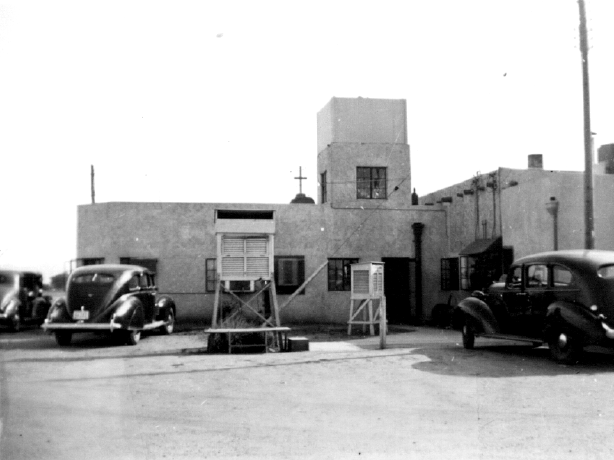
Of course, your airport may actually be rather small, so you wouldn't need a large office.
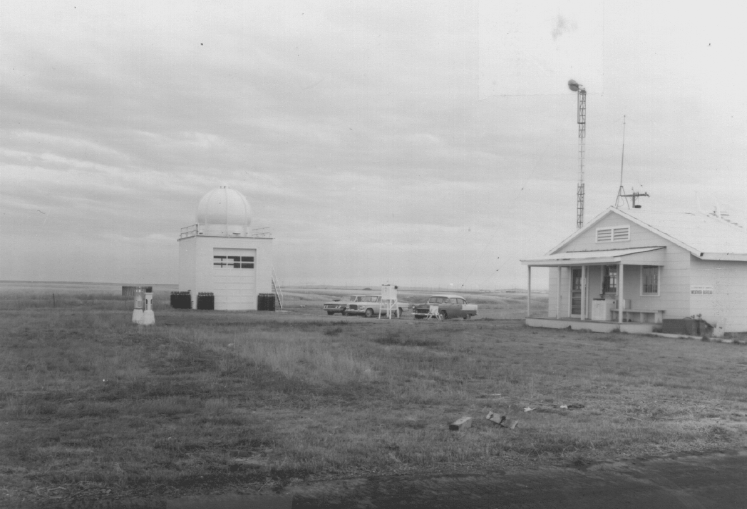
In the 1990s, the NWS underwent a major modernization effort. In this process, the two-tiered office structures were eliminated in favor of Weather Forecast Offices which all roughly operated the same. This involved a significant boost in staffing in many cases, which required larger offices. Many were constructed in a similar fashion:
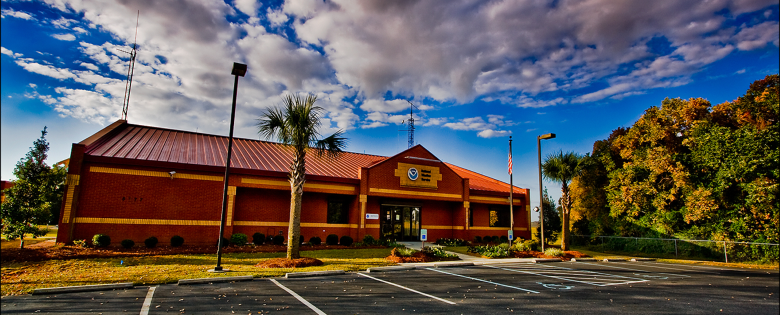
while others, especially toward the beginning of the modernization, showed some variation.
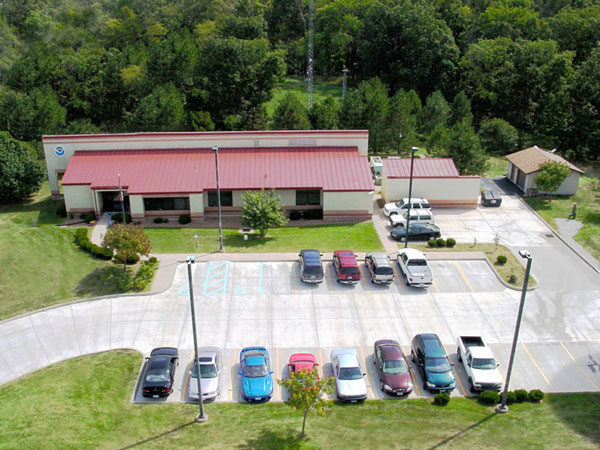
As the offices no longer needed to be at airports, they could be part of business parks:
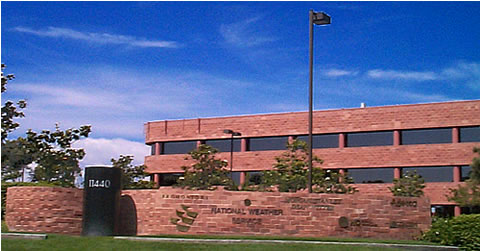
or universities.
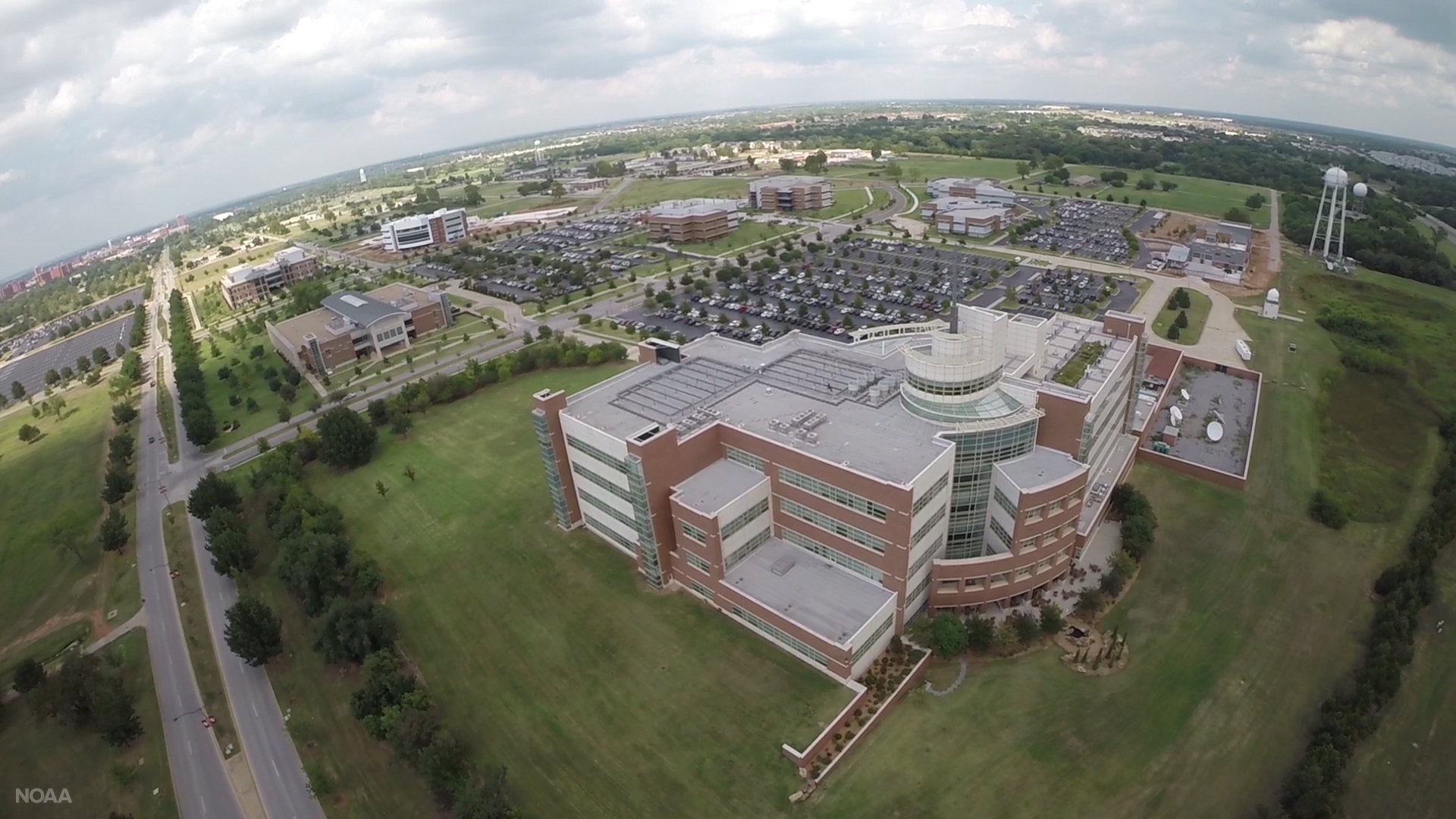
The NWC includes the Weather Forecast Office, the Storm Prediction Center, and the
Warning Decision Training Division
But like many of the offices of old, they still operate 24x7.
